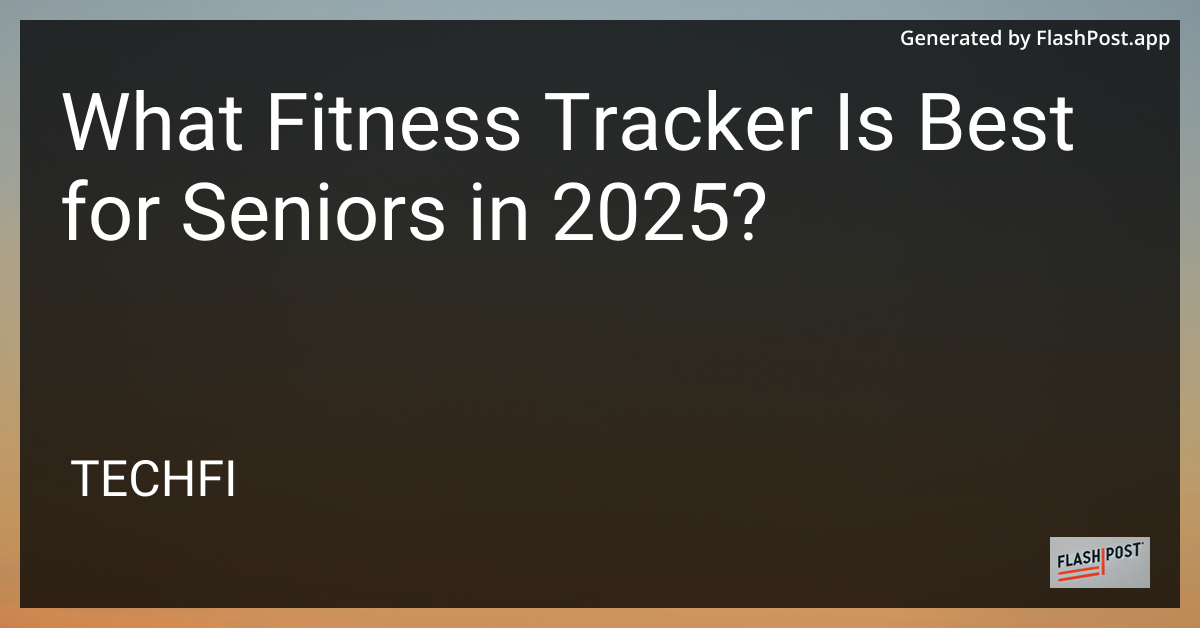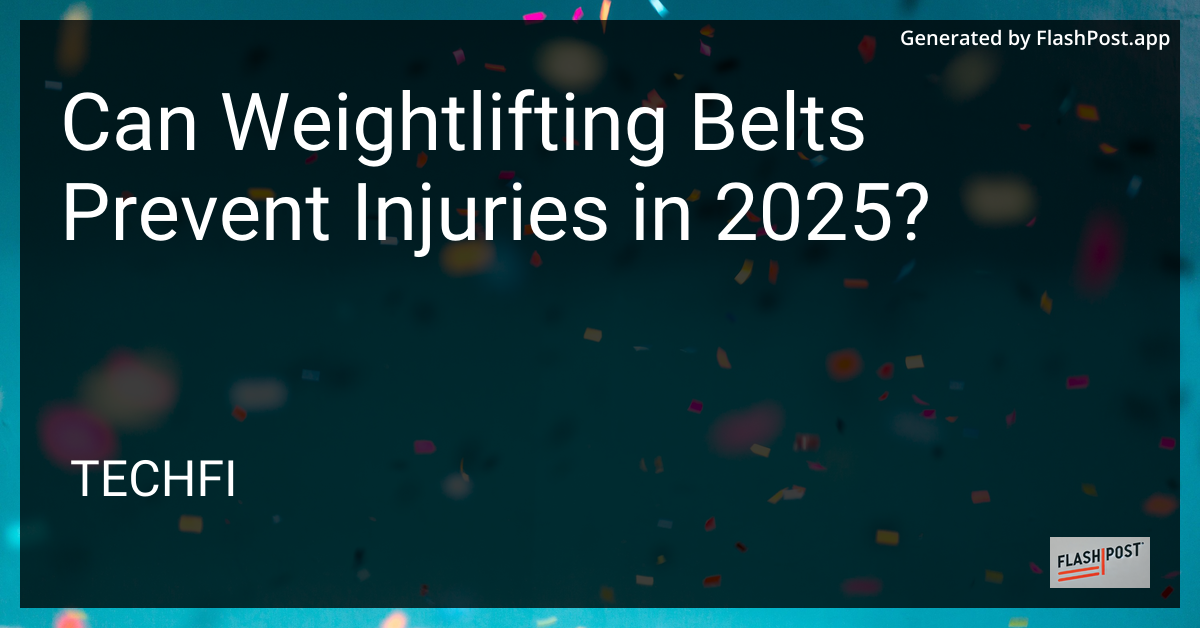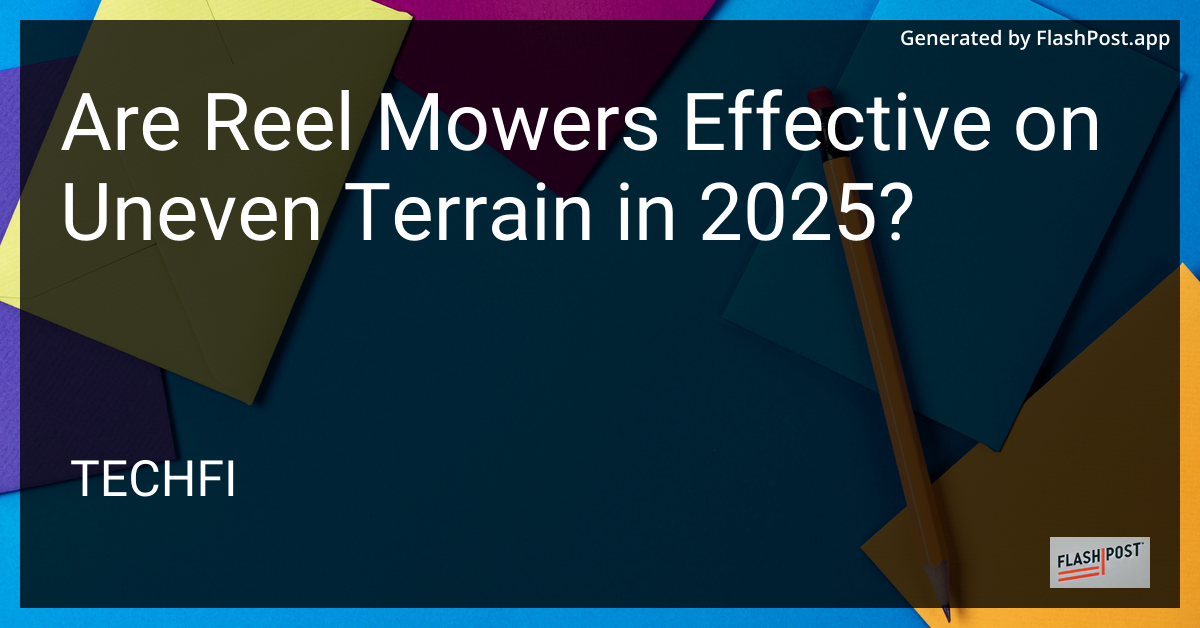What Fitness Tracker Is Best for Seniors in 2025?

Choosing the best fitness tracker for seniors can be a challenging task given the variety of features and options available in 2025. As seniors increasingly embrace technology to maintain their health and fitness, understanding which fitness tracker suits their specific needs is essential.
Key Considerations for Seniors
When selecting a fitness tracker for seniors, it's important to focus on several factors:
- Ease of Use: The interface should be intuitive and easy to navigate.
- Health Monitoring Features: Heart rate monitoring, step counting, sleep tracking, and fall detection are crucial.
- Battery Life: A long battery life minimizes the hassle of frequent charging.
- Durability and Comfort: The device should be comfortable for daily wear and withstand minor impacts.
Top Fitness Trackers for Seniors in 2025
1. Fitbit Sense 3
The Fitbit Sense 3 leads in providing comprehensive health insights. It features advanced sensors for heart rate, ECG, and blood oxygen monitoring. With a long battery life and user-friendly interface, it's a top choice for seniors. Its integration with wellness apps provides an enhanced smartwatch fitness tracking experience.
2. Garmin Venu 3S
Garmin's Venu 3S offers a robust design paired with a detailed health and wellness tracking system. Notably, it includes a breathwork activity tracker and stress monitoring, essential for holistic health. Seniors will appreciate its affordable fitness trackers pricing without sacrificing quality.
3. Apple Watch Series 9
Known for its sophisticated design and state-of-the-art features, the Apple Watch Series 9 is perfect for tech-savvy seniors. It is equipped with fall detection and emergency SOS features, making it a reliable companion. Though pricier, it excels in providing a seamless fitness and health monitoring experience.
Upcoming Trends in Senior Fitness Tracking
The year 2025 is all about integrated fitness solutions. Devices now support pilates fitness trends 2025, making fitness trackers not just a gadget but a personal health partner.
Selecting the right fitness tracker for seniors involves balancing technology with ease of use and affordability. As technology advances, these devices become indispensable tools for maintaining health and independence. For more insights into choosing the perfect fit, explore other resources on smartwatch and fitness tracker options.








